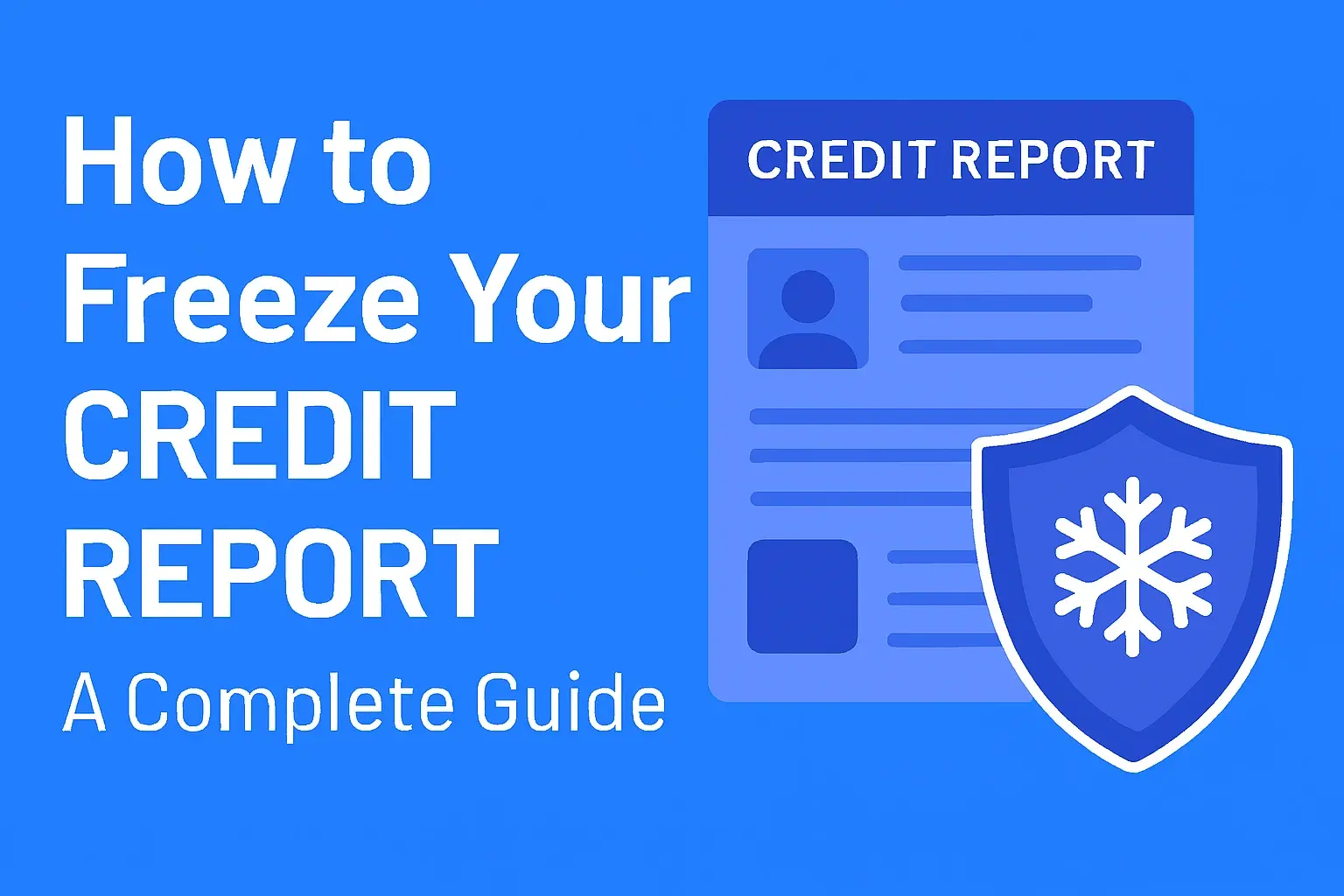Credit scores play a crucial role in various aspects of our lives, from securing loans and mortgages to renting an apartment and even getting approved for certain jobs. A good credit score unlocks opportunities, while a poor one can limit your options and lead to higher interest rates. But credit scores aren't uniform across the United States. Certain states consistently struggle with lower average credit scores than others. In this article, we'll delve into the top 10 states with the worst credit scores and explore the potential reasons behind these disparities. We'll also discuss how Credit Repair Ease can help individuals in these states – and across the nation – improve their creditworthiness and unlock a brighter financial future.
Understanding Credit Scores and Their Importance
Before diving into the list, it's essential to understand what a credit score is and why it matters. A credit score is a three-digit number that summarizes your creditworthiness based on your credit history. The most widely used credit scoring model is the FICO score, which ranges from 300 to 850.
Here's a general breakdown of FICO score ranges:
- Exceptional: 800-850
- Very Good: 740-799
- Good: 670-739
- Fair: 580-669
- Poor: 300-579
A higher credit score generally indicates a lower risk to lenders, making you more likely to be approved for credit products with favorable terms. Conversely, a lower credit score signals higher risk, potentially leading to denials or higher interest rates.
Your credit score is influenced by several factors, including:
- Payment History: Whether you pay your bills on time. This is the most significant factor.
- Amounts Owed: The amount of debt you owe relative to your credit limits. Credit utilization (the percentage of your available credit that you're using) is a key component.
- Length of Credit History: The longer you've had credit accounts open and in good standing, the better.
- Credit Mix: Having a variety of credit accounts (e.g., credit cards, installment loans, mortgages) can positively impact your score.
- New Credit: Opening too many new credit accounts in a short period can lower your score.
Top 10 States with the Worst Credit Scores
Based on recent data from various credit reporting agencies and financial institutions, here are the top 10 states with the lowest average credit scores. Please note that rankings can fluctuate slightly depending on the specific source and the time of the data collection. The list below represents a general consensus:
- Mississippi: Consistently ranks near the bottom with average scores often in the "Fair" or "Poor" range.
- Louisiana: Similar to Mississippi, Louisiana faces challenges with high levels of debt and delinquencies.
- Alabama: Economic factors and access to financial education contribute to lower credit scores in Alabama.
- Georgia: A large population and varying economic conditions contribute to a wide range of credit scores, with a significant portion falling on the lower end.
- New Mexico: High poverty rates and limited access to credit contribute to lower average scores.
- South Carolina: Similar economic challenges as other states in the Southeast contribute to the ranking.
- West Virginia: Economic downturns and unemployment rates often impact credit health negatively.
- Kentucky: Similar to West Virginia, economic challenges and access to financial resources impact credit scores.
- Arkansas: A combination of factors including lower incomes and access to financial education contributes to the rankings.
- Oklahoma: Oklahoma often sees lower credit scores compared to the national average.
It's important to note that these are *average* scores. Many individuals in these states have excellent credit, and conversely, there are people with poor credit scores in states with higher average scores. These averages paint a picture of the overall financial health landscape within each state.
Why Do These States Have Lower Credit Scores?
Several factors contribute to the lower average credit scores in these states:
- Socioeconomic Factors: Lower average incomes, higher unemployment rates, and limited access to financial education resources play a significant role. Economic hardship often leads to missed payments and increased debt, negatively impacting credit scores.
- Debt Levels: Higher levels of debt, including credit card debt, student loan debt, and medical debt, can strain finances and lead to delinquencies. Predatory lending practices can also exacerbate the problem.
- Financial Literacy: A lack of understanding about credit and debt management can lead to poor financial decisions. Access to financial literacy programs and resources can make a significant difference.
- Access to Credit: Limited access to mainstream credit products can force individuals to rely on high-interest alternatives like payday loans, which can further damage their credit.
- Historical and Systemic Factors: Long-standing economic inequalities and discriminatory lending practices have historically contributed to disparities in financial health.
- Lack of Awareness: Many people may not even realize they have a poor credit score until they are denied a loan or other service. A lack of awareness about how credit works and how to improve it can also be a factor.
How Credit Repair Ease Can Help Improve Your Credit Score
If you live in one of these states (or any state) and are struggling with a low credit score, Credit Repair Ease can help. We offer personalized credit repair services designed to challenge inaccurate, incomplete, or unverifiable information on your credit reports.
Here's how Credit Repair Ease can assist you:
- Credit Report Analysis: We start by thoroughly analyzing your credit reports from all three major credit bureaus (Equifax, Experian, and TransUnion) to identify potential errors and negative items.
- Dispute Resolution: We prepare and send customized dispute letters to the credit bureaus and creditors to challenge inaccurate or outdated information. Our team understands the nuances of credit reporting laws and uses proven strategies to maximize the chances of a successful outcome.
- Debt Validation: We can help you validate the legitimacy of debts by requesting proof from creditors. If a debt cannot be validated, it may be removed from your credit report.
- Cease and Desist Letters: If you're being harassed by debt collectors, we can send cease and desist letters to stop the calls and collection attempts.
- Personalized Guidance: We provide ongoing support and guidance throughout the credit repair process. Our experts will answer your questions and help you develop healthy financial habits to maintain a good credit score in the long term.
- Credit Monitoring Assistance: We help you understand how to monitor your credit reports for changes and potential fraud.
- Negotiation Assistance: We can assist with debt negotiation strategies to help lower outstanding balances and potentially get debts settled for less than what is owed.
The Credit Repair Process: A Step-by-Step Guide
Here’s a brief outline of what you can expect when working with Credit Repair Ease:
- Initial Consultation: We’ll discuss your credit goals and assess your current credit situation during a free consultation.
- Credit Report Gathering: We’ll guide you on how to obtain your credit reports from the three major credit bureaus.
- In-Depth Analysis: Our team analyzes your reports to identify inaccuracies, errors, and negative items.
- Dispute Strategy: We develop a personalized dispute strategy tailored to your specific situation.
- Dispute Letter Generation: We create and send professional dispute letters to the credit bureaus and creditors.
- Follow-Up and Monitoring: We track the progress of your disputes and provide ongoing support.
- Results Analysis: We analyze the results of the disputes and adjust our strategy as needed.
- Financial Education: We provide resources and guidance to help you build and maintain a strong credit profile.
Beyond Credit Repair: Building Long-Term Credit Health
While credit repair can be a valuable tool, it's essential to focus on building sustainable financial habits for long-term credit health. Here are some tips:
- Pay Your Bills on Time: This is the most important factor influencing your credit score. Set up automatic payments or reminders to avoid late fees and missed payments.
- Keep Credit Utilization Low: Aim to keep your credit card balances below 30% of your credit limits. Ideally, aim for under 10%.
- Don't Open Too Many New Accounts: Opening multiple credit accounts in a short period can negatively impact your score.
- Monitor Your Credit Reports Regularly: Check your credit reports for errors and signs of fraud. You are entitled to a free credit report from each of the three major credit bureaus annually at AnnualCreditReport.com.
- Become an Authorized User: If you have a trusted friend or family member with good credit, ask if you can become an authorized user on their credit card. Their positive payment history can help improve your score.
- Consider a Secured Credit Card: If you have difficulty getting approved for a traditional credit card, a secured credit card can be a good option. These cards require a security deposit, which typically serves as your credit limit.
- Budgeting and Financial Planning: Create a budget to track your income and expenses, and develop a financial plan to achieve your long-term goals.
Case Studies: Real-Life Success Stories with Credit Repair Ease
While we can't guarantee specific outcomes, here are some examples of how Credit Repair Ease has helped clients improve their credit scores:
Case Study 1: Sarah from Mississippi
Sarah had a credit score of 520 due to several late payments and a charged-off account. Credit Repair Ease helped her dispute the accuracy of the charged-off account and negotiate a payment plan. Within six months, Sarah's credit score increased to 650, allowing her to qualify for a car loan at a lower interest rate.
Case Study 2: John from Alabama
John was denied a mortgage due to a credit score of 580, primarily caused by high credit card utilization and a few old medical bills. Credit Repair Ease helped him dispute the medical bills and develop a debt reduction strategy. Within a year, John's credit score rose to 700, enabling him to purchase his dream home.
Case Study 3: Maria from Louisiana
Maria's credit score was 550 due to an identity theft incident that resulted in several fraudulent accounts. Credit Repair Ease assisted her in filing police reports and disputing the fraudulent accounts with the credit bureaus. Her credit score improved to 680 within nine months, allowing her to secure a personal loan to start her own business.
These are just a few examples of the positive impact Credit Repair Ease can have. Individual results will vary depending on the specific circumstances of each case.
Conclusion
While states with lower average credit scores face unique challenges, it's crucial to remember that individual credit health is within your control. By understanding the factors that influence your credit score and taking proactive steps to improve it, you can unlock opportunities and achieve your financial goals. Credit Repair Ease is committed to providing personalized credit repair services and educational resources to empower individuals to take control of their financial futures. Contact us today for a free consultation and let us help you pave the way to a better credit score and a brighter financial future.












